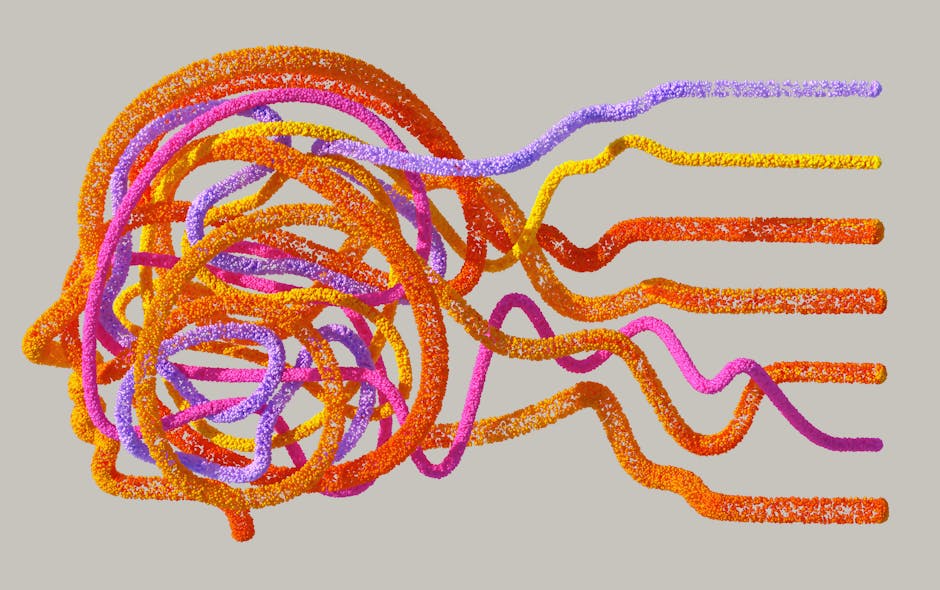The Quantum Leap in Sports: Revolutionizing Analytics & Strategy
The fusion of sports and technology has always been fascinating, captivating fans, teams, and analysts alike. Among the latest advancements, quantum computing is making significant waves in sports analytics and strategy. Imagine a world where teams can predict player performance with extreme accuracy, minimize injury risks, and optimize game strategies based on mind-boggling computational capabilities.
In this article, we will explore how quantum computing is poised to transform sports analytics, providing unprecedented insights and reshaping decision-making processes. Let’s dive into the current landscape and potential future applications of this cutting-edge technology in the world of sports, where every advantage counts.
Understanding Quantum Computing: The Next Frontier
Before we delve deeper into sports analytics, it’s vital to grasp what quantum computing entails. Unlike conventional computers that use bits as the smallest unit of data (representing either 0 or 1), quantum computers utilize quantum bits or qubits, capable of existing in multiple states simultaneously. This allows quantum computers to process vast amounts of data much faster than traditional systems can manage (see more about this in the Harvard Business Review).
With its computational power, quantum computing holds the potential to solve complex problems that require immense calculations—capabilities that can redefine how teams analyze player performance, devise strategies, and make data-driven decisions.
The Current State of Quantum Computing in Sports
As of 2025, we are witnessing the early implementation of quantum computing in sports. Several organizations have begun collaborating with technology companies to explore its applications. For instance, Major League Baseball (MLB) has looked into how quantum algorithms could help analyze player movements and optimize strategies for better performance. This collaboration signals a shift towards embracing innovative technologies that provide teams a competitive edge.
With MLB leading the charge, other leagues and teams are closely observing these developments. The National Basketball Association (NBA) and European football clubs are exploring partnerships with quantum computing firms. The ongoing experimentation with quantum algorithms to analyze game metrics is just the tip of the iceberg.
Enhancing Player Performance and Well-being

One of the most exciting aspects of quantum computing in sports is its potential impact on player performance and well-being. For example, injuries are a significant concern for athletes and teams. By analyzing vast datasets through quantum computing, analysts can identify hidden patterns correlating with injuries. The technology could assess performance data, biomechanical metrics, and even psychological factors to predict and prevent injuries.
Imagine a situation where a coach can tailor training regimens based on predictive analytics derived from real-time data. Quantum computing can help shift training from a reactive to a proactive approach. This proactive approach is already being seen in certain domains where data analytics provides insights on load management and recovery timelines.
The ability to harness these insights allows coaches and medical staff to monitor players’ health continuously and optimize performance, drastically impacting the future of athletic longevity. Research from institutions like Stanford has shown how data-informed approaches can lead to productive training cycles, underscoring the importance of rigorous analytics in sports.
Revolutionizing Game Strategies

Game strategy is evolving, and the incorporation of quantum computing into this process is paving the way for innovative approaches. Traditional sports analytic methods often rely on historical data trends and player statistics. However, with quantum computing, analysts can simulate multiple game scenarios in real-time, considering countless variables and opponents’ strategies simultaneously.
Take basketball as an example. Coaches can model offensive sets and defensive alignments against specific opponents, evaluating the most effective counters based on historical play data. This agility to change strategies dynamically during a game could revolutionize how teams perform on the court. By leveraging quantum computing, teams can be data-driven in real-time, enabling better decision-making and enhancing the chances of victory.
The Impact on Team Decision-Making

Quantum computing’s influence does not stop at the data level; it percolates down into organizational culture and decision-making. As teams adopt these advanced analytics tools, the way coaches, managers, and analysts interact around game plans and player development will change drastically. Data will become the “go-to” resource for evaluating talent, leading to more objective decision-making.
In the past, team dynamics often revolved around subjective assessments of players' abilities. However, with concrete data derived from quantum computing capabilities, teams can identify hidden talent and maximize resources effectively. For example, general managers can use quantum algorithms to assess potential draft picks through a comprehensive analysis of various success factors.
Moreover, this technology allows for transparency within organizations. As decision-making becomes data-driven, trust among players and personnel could increase, knowing that strategies are based on empirical evidence rather than biases or intuition.
Future Applications: Beyond Winning

While anticipated to revolutionize the competitive edge in sports, the implications of quantum computing extend beyond just winning games. It has the power to reshape fan engagement and sports marketing strategies as well. Imagine teams customizing their advertising campaigns based on quantum analytics that predict fan reactions. Marketers could segment audiences more effectively, tailoring messages to resonate on a personal level.
Quantum computing could also impact how teams approach sustainability within sports. By analyzing environmental data, teams could adopt practices that are not only effective but also responsible—incorporating sustainability into their core strategies. This melding of technology and ethical practices reinforces the importance of sports as vehicle for social change (read more about this in this post).
Addressing Challenges

While the potential of quantum computing in sports is immense, it does not come without challenges. The implementation of quantum systems requires significant investment, and the technology is still in its infancy. There is a substantial knowledge gap; thus, educating talent on this new frontier is crucial to maximizing its effectiveness.
Moreover, data privacy and ethical implications also arise as quantum computing becomes more integrated into sports. Navigating these challenges will be crucial for teams, leagues, and governing bodies to sustain a prosperous future.
Final Thoughts: The Future is Here

As we look ahead to 2030 and beyond, the synergy between quantum computing and sports analytics signifies a transformative moment in how the game is played and understood. Innovations like player performance optimization, injury prediction, advanced game strategies, and ethical decision-making are merely the beginning.
The amalgamation of sporting culture with cutting-edge technology opens the door to profound insights, enhancing not just the games but the overall experience for fans and players alike. Staying informed on such advancements is essential, as the game as we know it is likely to evolve rapidly.
In this new era, leveraging insights drawn from quantum computing could become the norm rather than the exception, driving sports into an uncharted territory filled with possibilities and excitement.
For enthusiasts eager to explore the interplay of sports and technology, there is much to learn. For additional insights, feel free to check out these blog posts about the rise of biometric data in sports and how predictive analytics transforms strategies.





